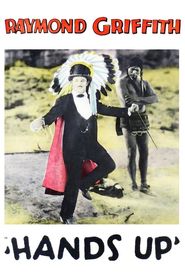Clarence Badger, a graduate of the Boston Polytechnic Institute, embarked on a diverse early career as an artist, stage actor, editor, and journalist with various newspapers and magazines, including "The Youth's Companion". This multifaceted experience prepared him well for his entry into the film industry in 1915, when he joined Mack Sennett's Triangle-Keystone.
Badger's unique style, characterized by its gentleness, subtlety, and focus on character development, distinguished him from the prevalent slapstick comedies of the time. His early shorts featured a young Gloria Swanson, who was just beginning to rise to stardom.
In 1917, Badger was lured away from Sennett by Samuel Goldwyn, who offered him a chance to direct a series of comedies with Will Rogers. This partnership resulted in several notable films, including the small-town farce "Jubilo" (1919),"Doubling for Romeo" (1921),and "Honest Hutch" (1920).
Throughout the 1920s, Badger worked for Paramount and Metro, where he directed some of his most notable films. These include the Civil War romp "Hands Up!" (1926),"Potash and Perlmutter" (1923),and the romantic comedy that catapulted Clara Bow to stardom, "It" (1927).
During this period, Badger also directed some of the biggest names in the industry, including Colleen Moore, Betty Compson, Jack Buchanan, and Bebe Daniels. One of his last directorial efforts, under contract to Warner Brothers/First National, was the high-spirited adaptation of the Broadway hit musical "No, No, Nanette" (1930).
Unfortunately, his last few films, including the Herbert Fields musical "The Hot Heiress" (1931) and the under-acted melodrama "Woman Hungry" (1931),were box office flops. These failures may have led Badger to leave the industry.
In 1935, he sold his Spanish colonial-style mansion in the Hollywood Hills and emigrated to Australia the following year. Except for a couple of independently produced melodramas filmed in New South Wales, Clarence Badger spent the remainder of his life in happy retirement.


























